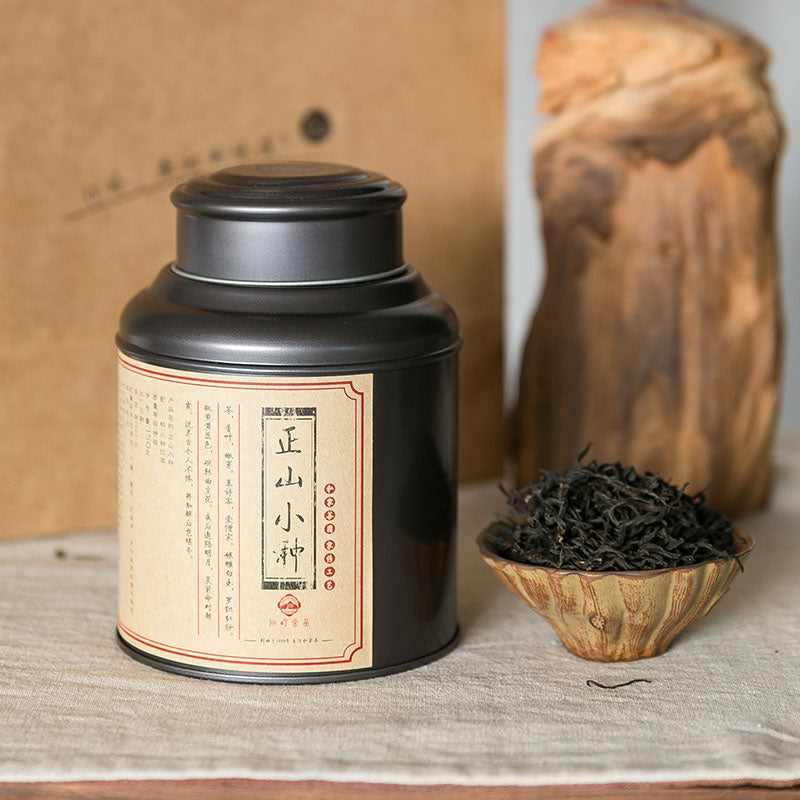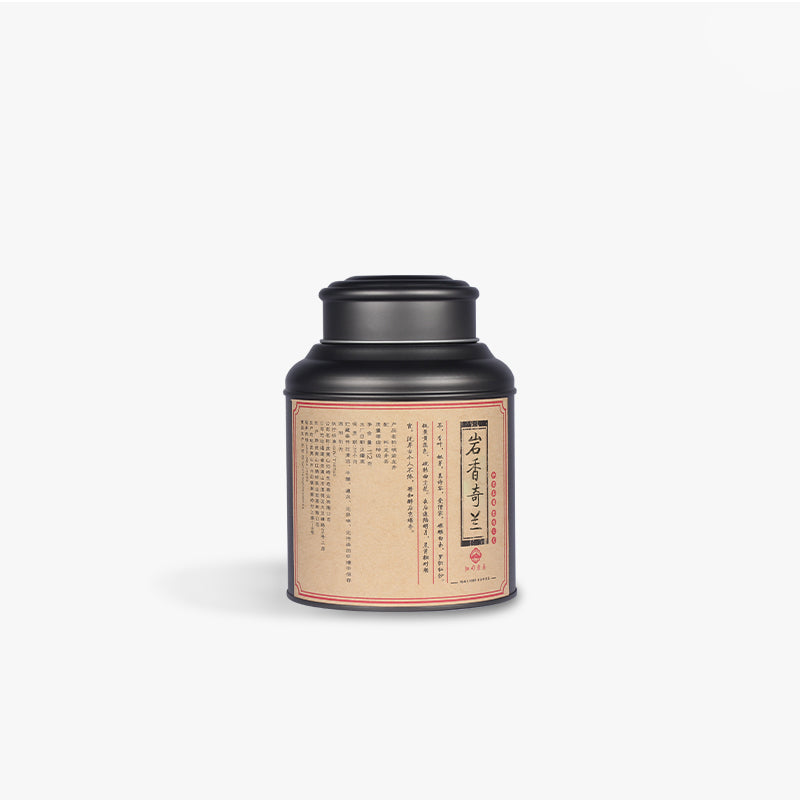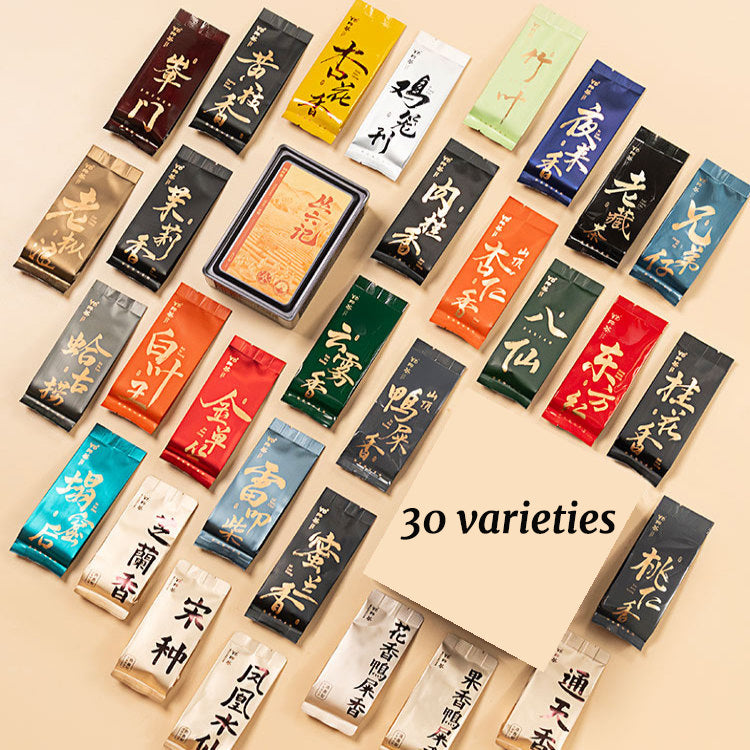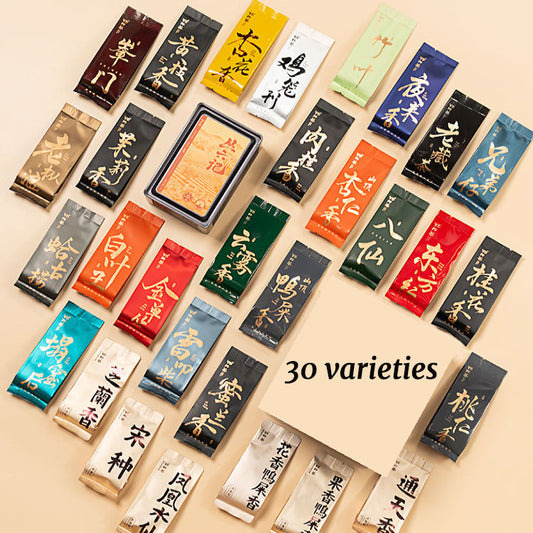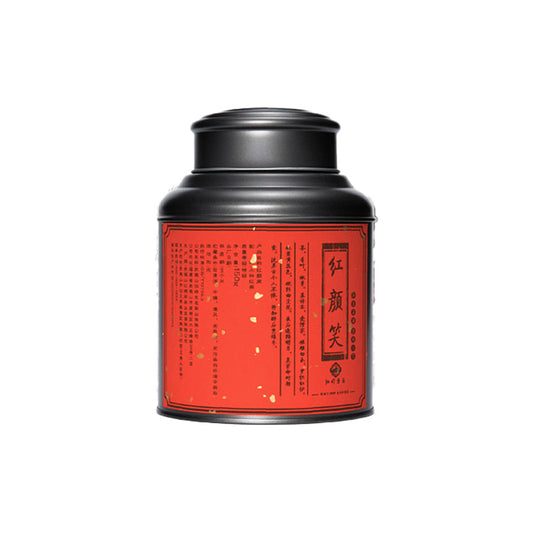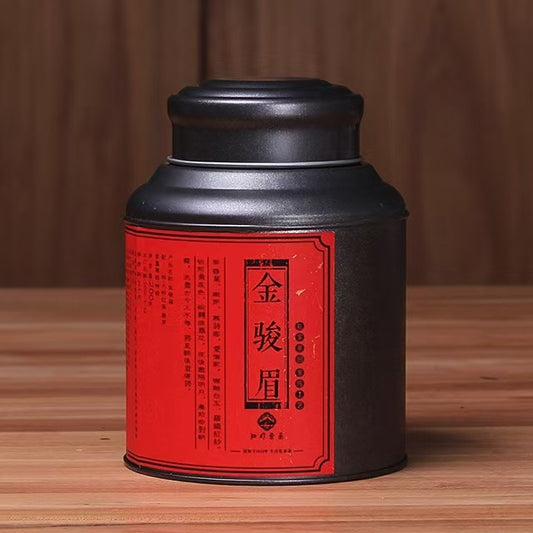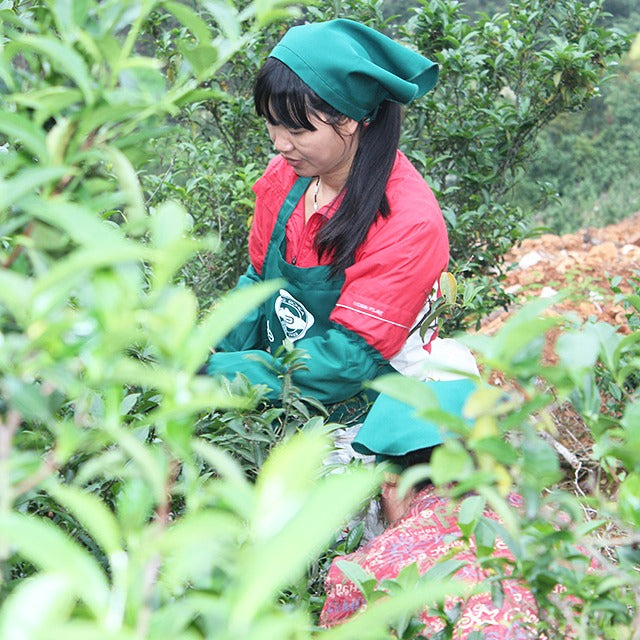Darjeeling Tea Test Discovering the Champagne of Teas
Darjeeling Tea Test Discovering the Champagne of Teas
In the world of tea, Darjeeling stands out as a unique and highly prized gem, often referred to as the "Champagne of Teas." But what truly sets it apart, and how can one properly appreciate its nuanced flavors? To begin unraveling these questions, let's journey to the foothills of the Himalayas in India, where this exquisite tea is cultivated.
The essence of Darjeeling tea begins with its origin. Nestled in the misty heights of the Darjeeling district, the tea gardens benefit from a unique terroir that imparts distinct characteristics to the leaves. It's this combination of altitude, cool climate, and rich, well-drained soil that gives us a tea with a delightful range of floral, fruity, and muscatel notes. Each sip is like a subtle dance on the palate, whispering tales of the mountain slopes where it grows.
Interestingly, Darjeeling tea undergoes a partial oxidation process, placing it somewhere between green and black tea in terms of flavor and antioxidant properties. This unique processing method contributes to its light and delicate taste, which is quite distinct from the robust maltiness typically found in black teas like Assam. It's a tea that invites you to pause and ponder its complexity rather than rushing through it.
Brewing Darjeeling tea is an art in itself. Using freshly boiled water that's slightly cooled to around 85-95°C allows the leaves to unfurl gently, releasing their intricate flavors. A steep time of three to five minutes is usually recommended, though personal preference can guide this delicate balance. As you wait, the aroma that wafts up is both earthy and ephemeral, like the promise of a misty sunrise over the Indian subcontinent.
When you finally lift the cup to your lips, take a moment to appreciate the liquid's pale golden hue. This is not a tea that shouts; it whispers. The first taste may surprise you with its lightness, a testament to its distinctive processing and high-altitude origins. But deeper into the sip, you'll find layers of complexity — hints of muscatel grape, stone fruit, and a floral bouquet that lingers long after the cup is empty.
You may wonder, how does it compare to other famous teas such as the robust Assam or the mellow greens of Longjing? While Assam offers a maltier, more full-bodied experience and Longjing provides a fresh, vegetal crispness, Darjeeling remains in a category of its own. Its uniqueness lies in its ability to be both subtle and complex, a rare combination that captivates tea enthusiasts worldwide.
Adding milk or sugar is generally discouraged, not out of any purist snobbery but simply because these additions can mask the delicate flavors that make Darjeeling so exceptional. If enjoyed as traditionally served, you might find yourself transported, even if just for a moment, to those distant Himalayan gardens.
In the end, exploring Darjeeling tea is a journey of discovery, one that invites you to appreciate the art and craft behind each carefully plucked leaf. So the next time you find yourself with a cup of this golden elixir, let it be more than just a drink. Allow it to be a connection to a place far away but familiar in its offering of peace and reflection.

